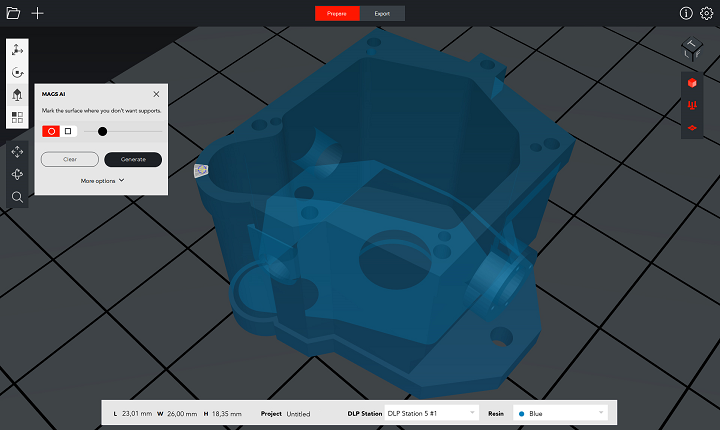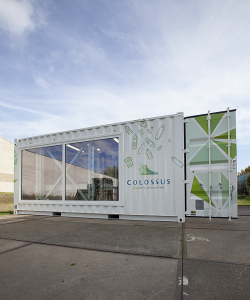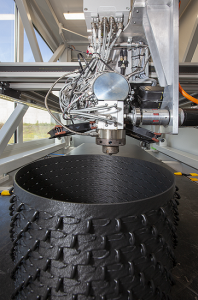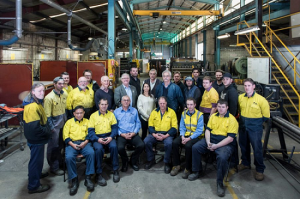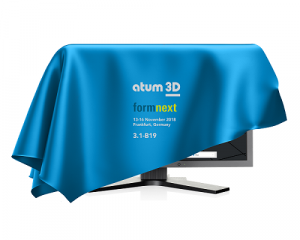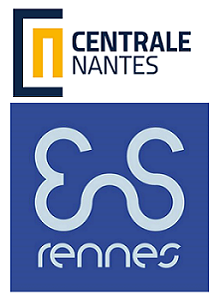Digital light processing (DLP) specialist and open platform 3D manufacturing company atum3D, based in the Netherlands, introduced the latest version of its intuitive Operator Station print preparation software, complete with proprietary MAGS AI technology, at formnext 2018. The software makes it easy to duplicate parts, or fill available build volume, and comes with a slicing preview feature, while MAGS AI will automatically adjust a part’s orientation and generate the necessary supports, based on surface markings made by the user.
Now the company has announced its first onsite installation of the newly updated software solution. Sirris, a Belgian industrial collective center started by the technology industry for the technology industry, provides companies with a high-tech testing infrastructure and is also a partner organization in the Family of the Future project. The collective, which also has a DLP Station 5 3D printer from atum3D, will expand its current offering with the updated Operator Station solution.
“A barrier for printing parts are often the high costs related to the monopoly of or restrictions of material suppliers,” explained Maxime Legrand, Engineer Additive Manufacturing at Sirris. “With this equipment Sirris wants to support companies in the development and the production of their new AM applications at an affordable cost due to the higher flexibility in potential printing materials. This will enable new possibilities that couldn’t be met before. This atum3D setup allows us to demonstrate it’s now possible to quickly create high quality prototypes and end-products with a wide range of different material properties in a cost-efficient way, all with an investment around the € 25k mark.”
Sirris is made up of 150 tech experts, who work together to help around 1,300 companies a year achieve success in their innovation projects. By combining atum3D’s updated Operator Station with the open platform of the DLP Station 5, the collective and the companies it assists will benefit from easier print preparation.
“Operator Station guides you through the job preparation steps, from importing and supporting a part to selecting a resin and from duplicating or filling the build platform to slicing and exporting the job for DLP Station,” said Legrand. “It’s incredibly easy to use.”
The latest release of Operator Station, which uses an algorithm to consider not only the part’s geometry but also its resin properties, also includes a new object scaling functionality.
“We are thrilled to add DLP Station 5 with Operator Station to the state-of-the-art solutions offered by this Belgian innovation leader. Preparing for print has never been easier, with Operator Station’s intuitive touch-ready user interface and atum3D’s proprietary MAGS AI technology, which takes an entirely new approach to print job preparation,” said Guy Nyssen, channel manager at atum3D.
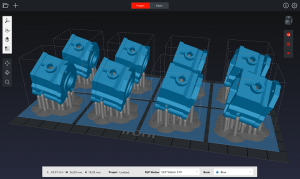 By pairing Operator Station software with the DLP Station 5, which features high accuracy, a free selection of build materials, and print speed up to 90 mm an hour, print preparation is a breeze, especially for new users like those at Sirris.
By pairing Operator Station software with the DLP Station 5, which features high accuracy, a free selection of build materials, and print speed up to 90 mm an hour, print preparation is a breeze, especially for new users like those at Sirris.
atum3D delivered the Operator Station to the Sirris Liège location, and installed both the hardware and the software there for the collective. In addition, the company also provided a user training session, which the new users at Sirris found to be “very self-explanatory.”
Discuss this story and other 3D printing topics at 3DPrintBoard.com, or share your thoughts in the Facebook comments below.
[Images provided by atum3D]

